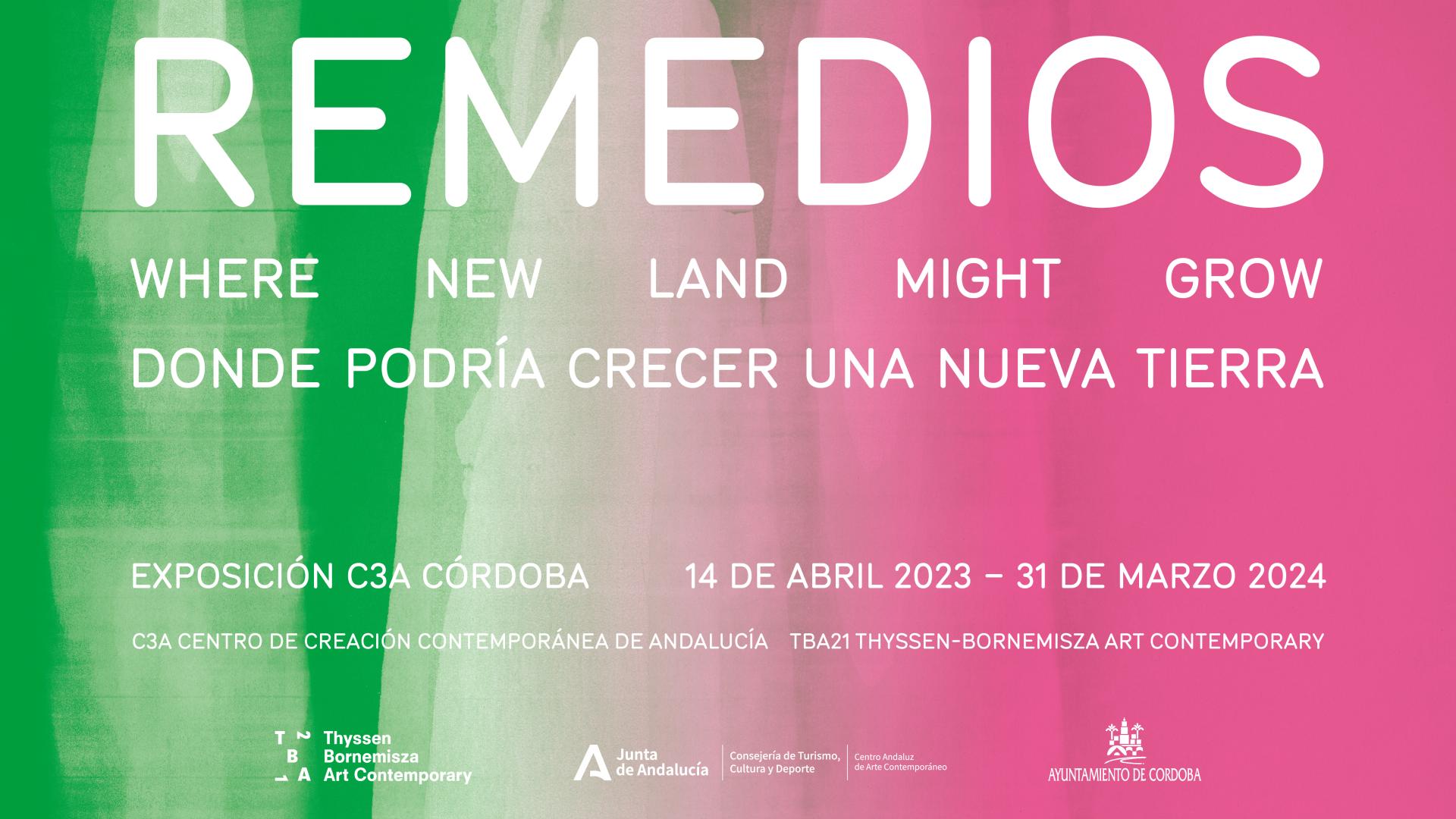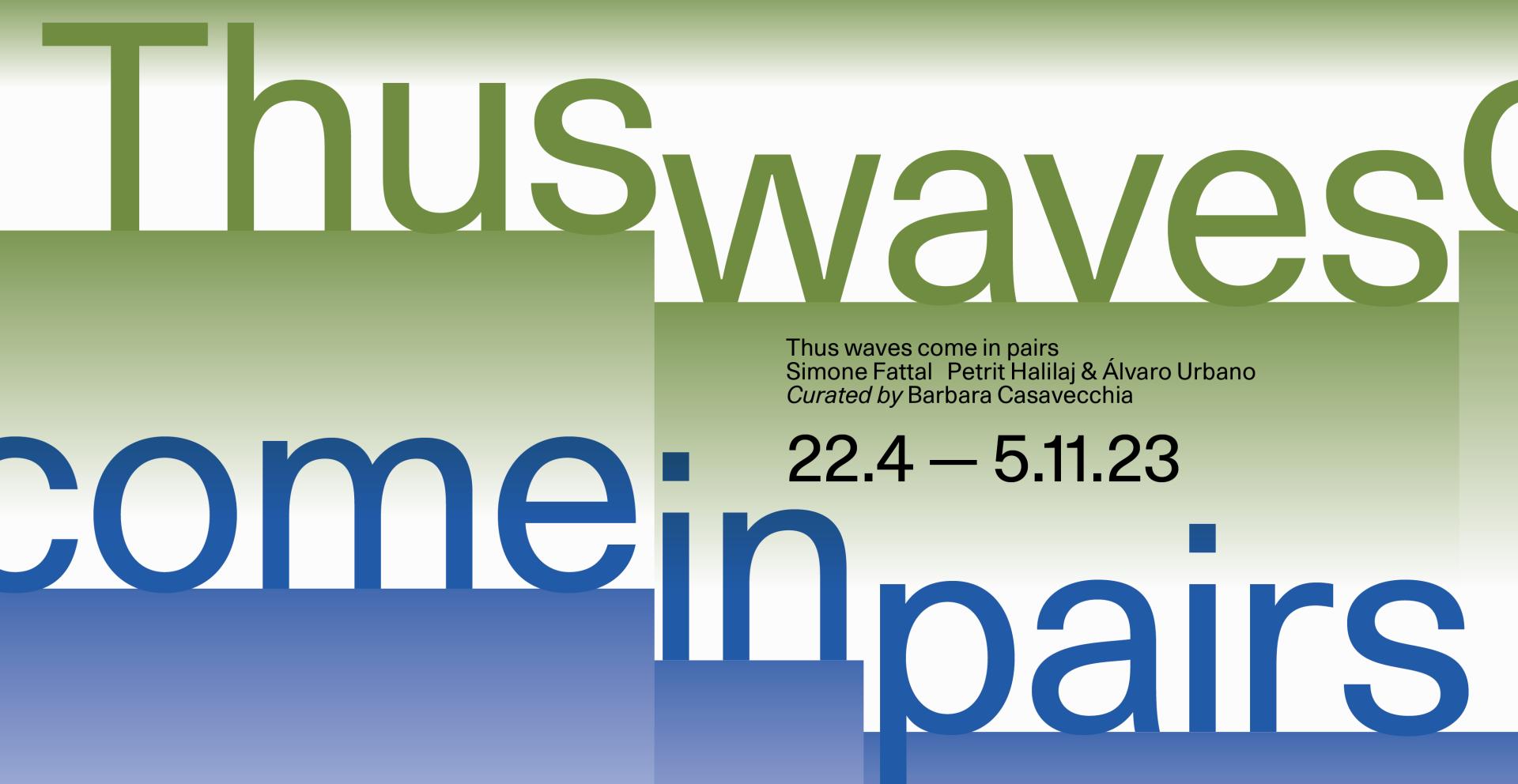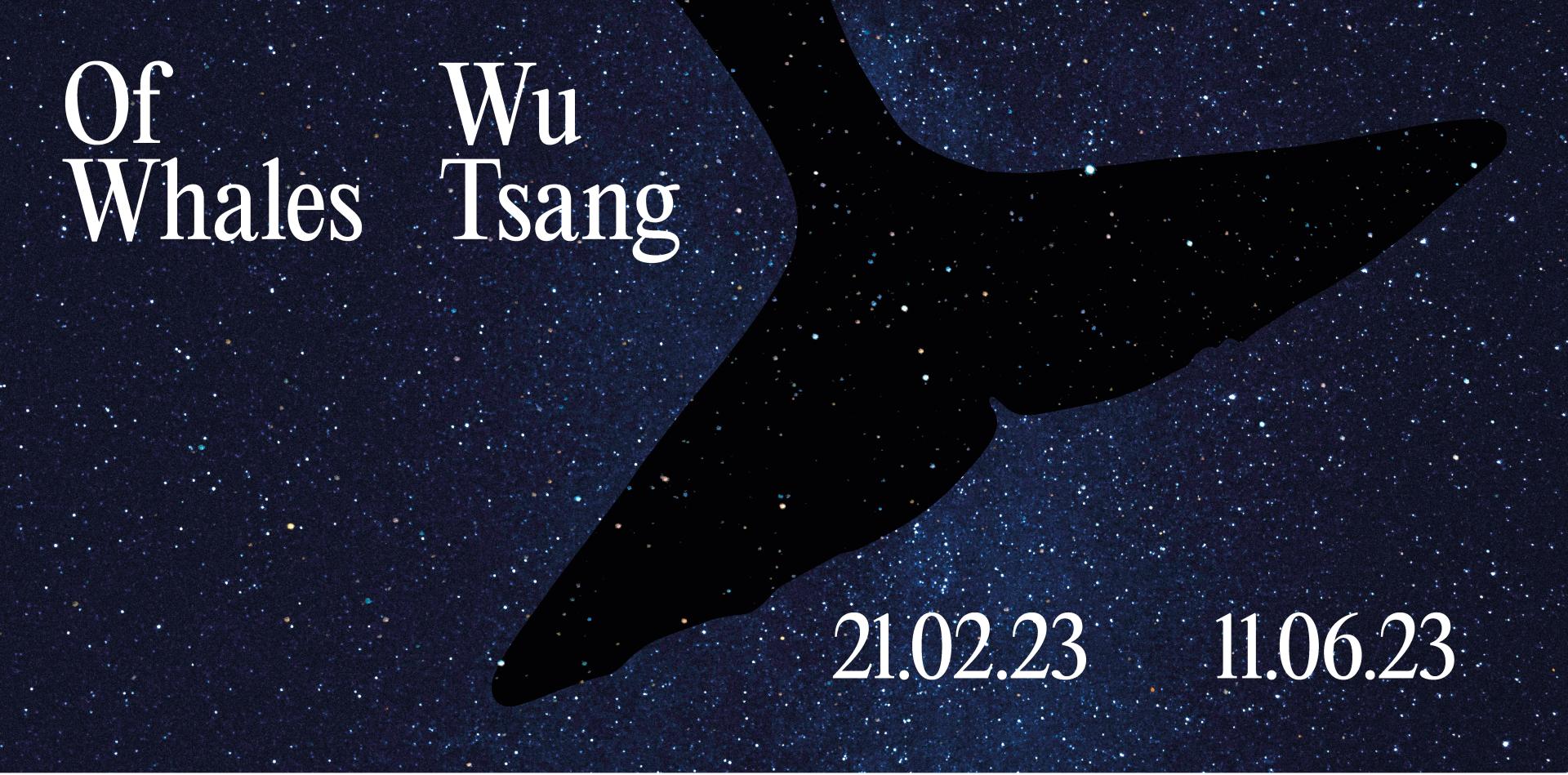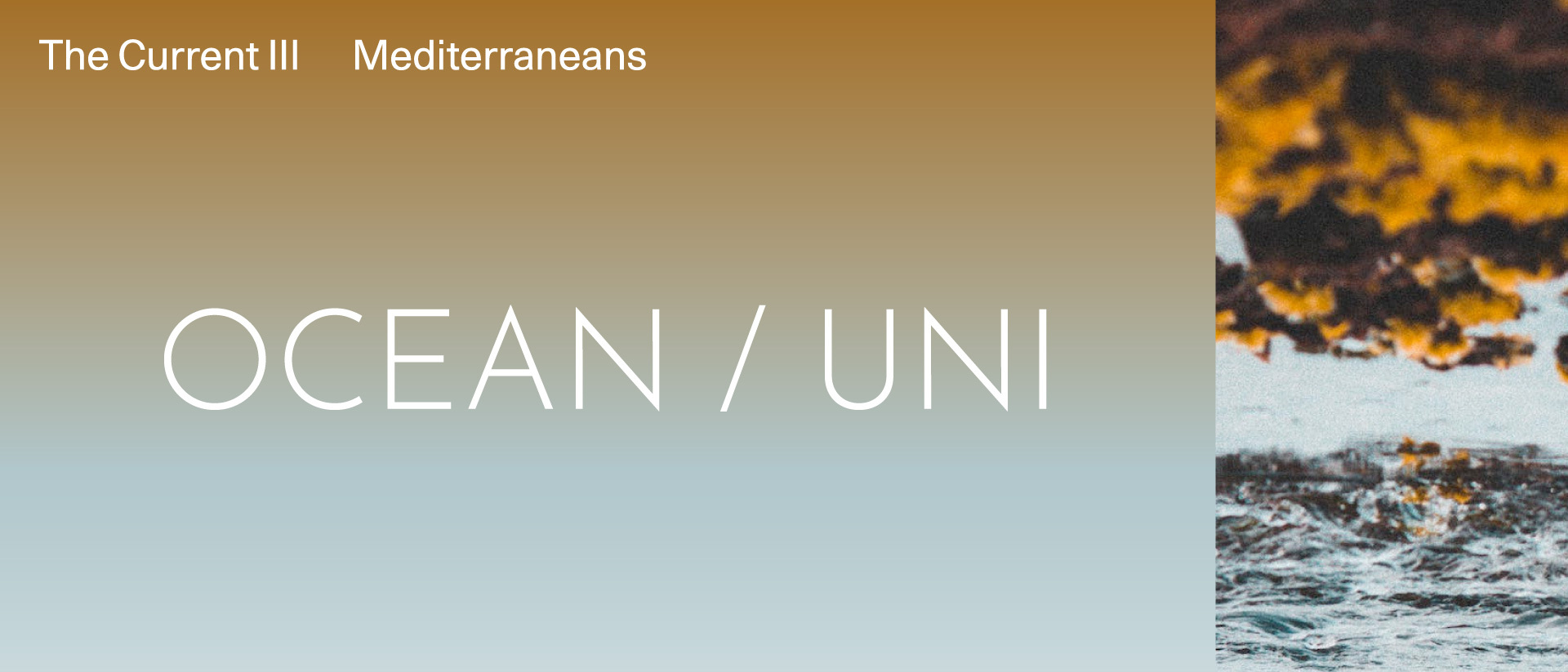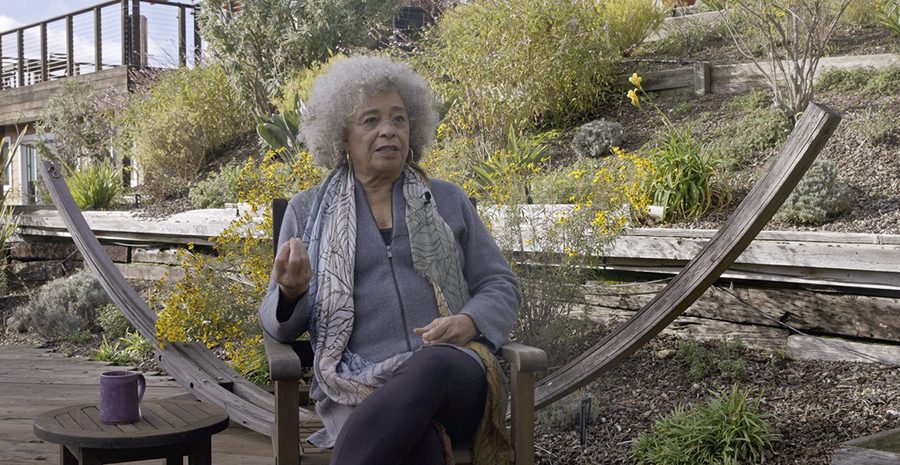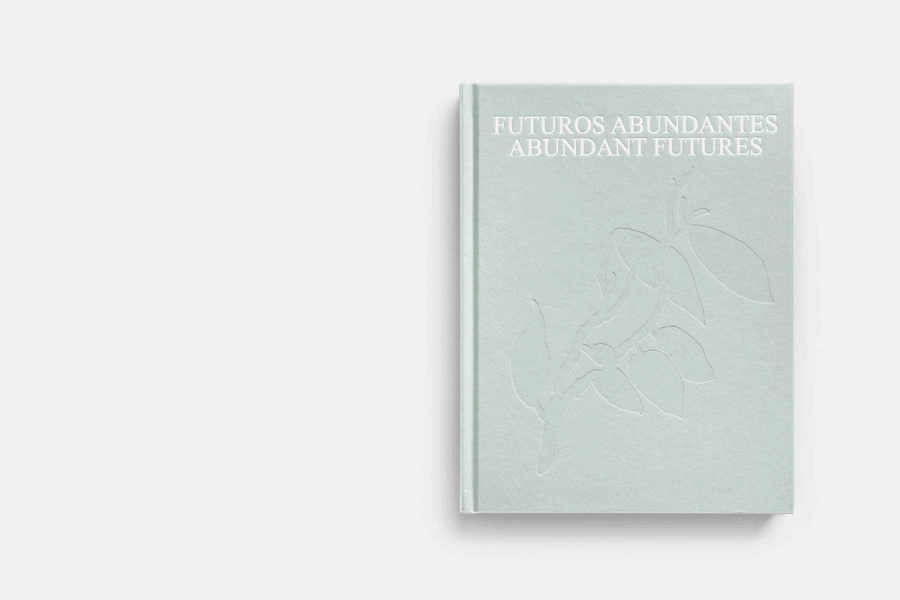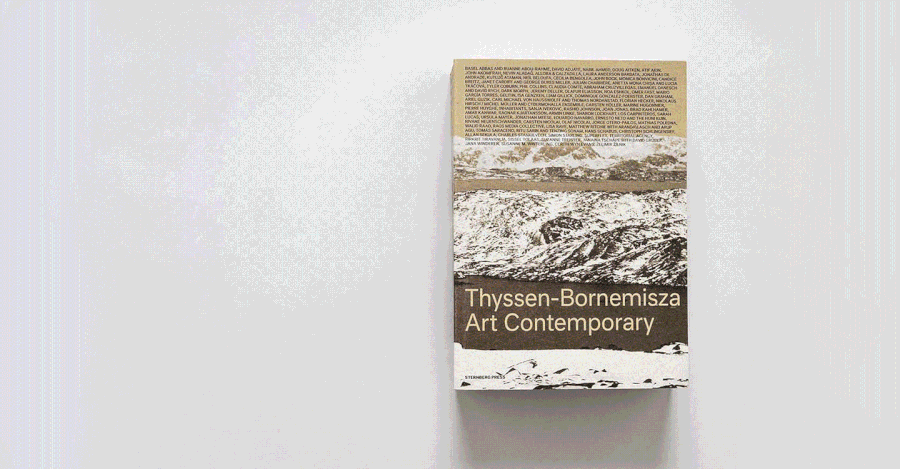Turkish Delight, 2006
Kutluğ Ataman

Photo: Courtesy the artist | Lehmann Maupin Gallery, New York

Photo: Courtesy the artist | Lehmann Maupin Gallery, New York

Photo: Courtesy the artist | Lehmann Maupin Gallery, New York
Collection
Single-channel video installation, color, sound
16 min 14 sec
Produced by The Institute for the Readjustment of Clocks, Istanbul, with Lehmann Maupin Gallery, New York
In the video self-portrait Turkish Delight Kutluğ Ataman turns for the first time the camera on himself and creates a semi-fictional and excruciatingly embarrassing representation of his role as a male artist from Turkey in the guise of a belly dancer. Much longer than a real-life belly dancing performance, the 16-minute-long film focuses on the detached and unengaged performance of the dancer, clad in a gold-sequined costume wearing glittery high-heels and swinging a long black wig. Shimmying and shaking for the camera, s/he dips and swirls, and yet her demeanor demonstrates a conscious rupture between the need to please and arouse and the manifested disinterest she holds in the beholder. The dissonance between attraction and withdrawal permits the belly dancer, aka the artist, an oriental icon which triggers Western curiosity, to disconnect from the alienation bestowed on her and to remain in control of her work and self.
TBA21: What is your role as an artist working with Western stereotypes about Turkey? What do you think such views actually consist of, and what are you trying to “disorient”?
Kutluğ Ataman: I don't think my position as an artist is to make a point specifically about the Western gaze and Turkey. I have long tried to establish that the orientalist vision actually does exist in every culture, including Turkey, and I have jokingly asserted in the past that a lot of the similar notions held in Turkey are “occidentalist.” The deeper problem here is the question of “the other.” Talking specifically about Turkish Delight, this piece is first of all a self-portrait. So it is a comment on the form of the self-portrait, how you see yourself, how you present yourself, and how you perform yourself. My camera is on myself, watching me performing. In other words, it is making a documentation of a performance. It is a documentary of fiction. In this fiction I am playing a role that is culturally assigned to me by a certain form of marketing — be it the marketing of Turkey through such phrases as Turkish delight, Turkish coffee, Young Turks, baklava, or whatever or the marketing of myself specifically in the art world as a Turkish artist as opposed to just an artist. In this specific case, I did take the performance to an extreme level by attempting to create a humorous distanciation, so that the assigned role is a restriction on me because of the sheer fact that I cannot really perform the role that is cast on me as an artist. But I am doing it anyway in order to sell (market). So in the end it is a piece that teases the expectations of the audience, makes fun of the romanticized views of “the other” that we all fall for one way or another, and is funny but also pathetic. To the extent that it is pathetic, it is also a piece that protests.
TBA21: In what ways does this work relate to national folklore? What makes this easy and/or uncomfortable for you?
KA: I think the folklore of every culture, country, and community is real, and as long as it is alive, that means that it is satisfying a need, it has a function. Turkish Delight has nothing to do with that. For one thing, Turkish delight is the name of a kind of toffee. Belly dancing is an Arabic tradition that is also strong in Turkey and is part of the culture.
Some of these elements are “reduced” and used as advertising, marketing, references, and labels. In Turkish Delight, I am “performing” my role as an artist, performing the script that is written for me as, in my specific case, a Turk and, in general, “the other.” In parallel, I am also demonstrating that I cannot perform, meaning it is a performance and nonperformance at the same time. So much so that it is a performance, at its first degree, it is about the role that is assigned to me. So much so that it is a nonperformance, at its second degree, that is a comment about where the essence of the work lies. And in its totality, which contains both, it becomes an artwork, and obviously not a belly-dancing performance…
And the chewing gum…?
KA: A performer who chews gum communicates a certain blasé attitude, in my view, the sense that you don't really care about the performance itself and are doing it for another reason (money mostly). So it is a tool for me—just like my beard, unshaven body, and male look underneath the makeup and costume—that allows me to distance myself from the role and create a secondary comment, a second level of meaning, and convey the message that this is not meant to be read at face value.
This interview was held in May 2007 at TBA21 in Vienna, where the work was shown in the context of the exhibition Shooting back.
16 min 14 sec
Produced by The Institute for the Readjustment of Clocks, Istanbul, with Lehmann Maupin Gallery, New York
In the video self-portrait Turkish Delight Kutluğ Ataman turns for the first time the camera on himself and creates a semi-fictional and excruciatingly embarrassing representation of his role as a male artist from Turkey in the guise of a belly dancer. Much longer than a real-life belly dancing performance, the 16-minute-long film focuses on the detached and unengaged performance of the dancer, clad in a gold-sequined costume wearing glittery high-heels and swinging a long black wig. Shimmying and shaking for the camera, s/he dips and swirls, and yet her demeanor demonstrates a conscious rupture between the need to please and arouse and the manifested disinterest she holds in the beholder. The dissonance between attraction and withdrawal permits the belly dancer, aka the artist, an oriental icon which triggers Western curiosity, to disconnect from the alienation bestowed on her and to remain in control of her work and self.
TBA21: What is your role as an artist working with Western stereotypes about Turkey? What do you think such views actually consist of, and what are you trying to “disorient”?
Kutluğ Ataman: I don't think my position as an artist is to make a point specifically about the Western gaze and Turkey. I have long tried to establish that the orientalist vision actually does exist in every culture, including Turkey, and I have jokingly asserted in the past that a lot of the similar notions held in Turkey are “occidentalist.” The deeper problem here is the question of “the other.” Talking specifically about Turkish Delight, this piece is first of all a self-portrait. So it is a comment on the form of the self-portrait, how you see yourself, how you present yourself, and how you perform yourself. My camera is on myself, watching me performing. In other words, it is making a documentation of a performance. It is a documentary of fiction. In this fiction I am playing a role that is culturally assigned to me by a certain form of marketing — be it the marketing of Turkey through such phrases as Turkish delight, Turkish coffee, Young Turks, baklava, or whatever or the marketing of myself specifically in the art world as a Turkish artist as opposed to just an artist. In this specific case, I did take the performance to an extreme level by attempting to create a humorous distanciation, so that the assigned role is a restriction on me because of the sheer fact that I cannot really perform the role that is cast on me as an artist. But I am doing it anyway in order to sell (market). So in the end it is a piece that teases the expectations of the audience, makes fun of the romanticized views of “the other” that we all fall for one way or another, and is funny but also pathetic. To the extent that it is pathetic, it is also a piece that protests.
TBA21: In what ways does this work relate to national folklore? What makes this easy and/or uncomfortable for you?
KA: I think the folklore of every culture, country, and community is real, and as long as it is alive, that means that it is satisfying a need, it has a function. Turkish Delight has nothing to do with that. For one thing, Turkish delight is the name of a kind of toffee. Belly dancing is an Arabic tradition that is also strong in Turkey and is part of the culture.
Some of these elements are “reduced” and used as advertising, marketing, references, and labels. In Turkish Delight, I am “performing” my role as an artist, performing the script that is written for me as, in my specific case, a Turk and, in general, “the other.” In parallel, I am also demonstrating that I cannot perform, meaning it is a performance and nonperformance at the same time. So much so that it is a performance, at its first degree, it is about the role that is assigned to me. So much so that it is a nonperformance, at its second degree, that is a comment about where the essence of the work lies. And in its totality, which contains both, it becomes an artwork, and obviously not a belly-dancing performance…
And the chewing gum…?
KA: A performer who chews gum communicates a certain blasé attitude, in my view, the sense that you don't really care about the performance itself and are doing it for another reason (money mostly). So it is a tool for me—just like my beard, unshaven body, and male look underneath the makeup and costume—that allows me to distance myself from the role and create a secondary comment, a second level of meaning, and convey the message that this is not meant to be read at face value.
This interview was held in May 2007 at TBA21 in Vienna, where the work was shown in the context of the exhibition Shooting back.
Kutluğ Ataman (born 1961) is a Turkish contemporary artist and filmmaker, who produces both photography and video art. He won the Carnegie Prize for his works "Kuba" in 2004.. In the same year he was nominated for Turner Prize for his work "twelve". Kutlug Ataman was the jury for Istanbul Film Festival. His movies won many awards.
This biography is from Wikipedia under an Attribution-ShareAlike Creative Commons License.
This biography is from Wikipedia under an Attribution-ShareAlike Creative Commons License.



